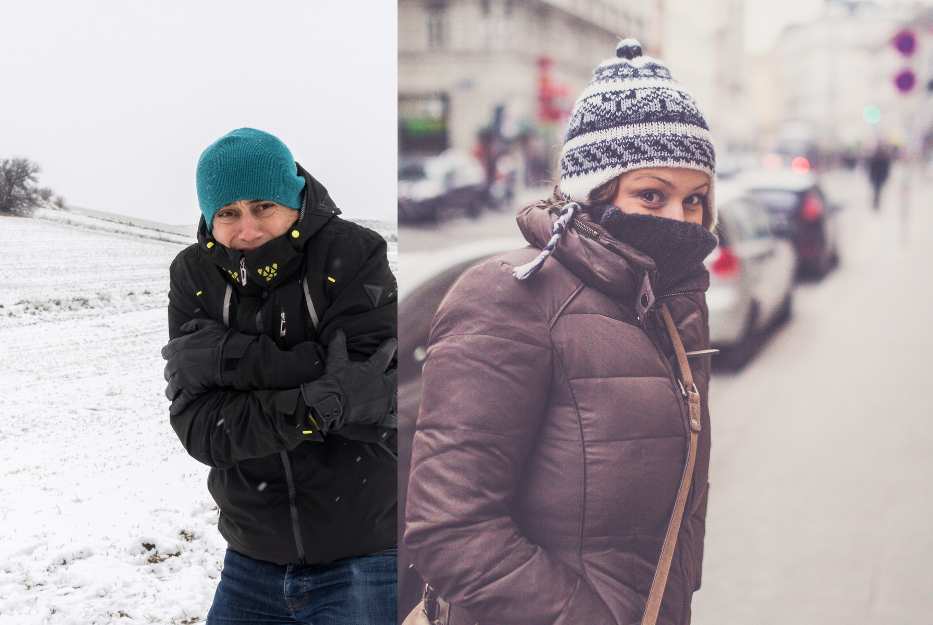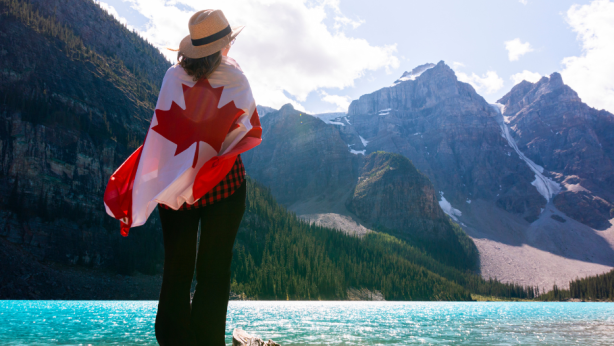**Please review the disclaimer at the end of this document before reading or using this guide.
Winter in Canada can be a beautiful yet challenging season, especially for new immigrants who may not be accustomed to cold temperatures and snowy conditions. Preparing for winter is essential to ensure safety, comfort, and enjoyment during this season. This guide provides information on how new immigrants can get ready for winter in Canada.
Step 1: Understand Canadian Winters
Canadian winters vary significantly depending on the region. Here are some general characteristics:
- West Coast (e.g., Vancouver): Milder winters with more rain than snow. Temperatures rarely drop below freezing.
- Prairies (e.g., Calgary, Winnipeg): Cold and dry with temperatures often dropping below -20°C (-4°F). Snowfall can be heavy.
- Central Canada (e.g., Toronto, Ottawa): Cold with moderate to heavy snowfall. Temperatures can drop to -20°C (-4°F) or lower.
- East Coast (e.g., Halifax, St. John’s): Cold and windy with significant snowfall and ice storms.
- Northern Canada (e.g., Yellowknife, Iqaluit): Extremely cold with temperatures often below -30°C (-22°F) and long, harsh winters.
Step 2: Invest in Proper Winter Clothing
Staying warm and dry is crucial. Invest in the following winter clothing essentials:
- Winter Coat: A high-quality, insulated, and water-resistant coat is essential. Look for features like a hood, adjustable cuffs, and a longer length for better coverage.
- Boots: Waterproof, insulated boots with good traction are important for navigating snow and ice. Ensure they are comfortable and have room for thick socks.
- Hats, Gloves, and Scarves: Wool or fleece hats, insulated gloves or mittens, and warm scarves help protect against the cold.
- Layers: Layering is key to staying warm. Wear thermal underwear, sweaters, and fleece layers under your coat.
- Snow Pants: For outdoor activities or if you spend a lot of time outside, insulated snow pants are a good investment.
Step 3: Prepare Your Home
Ensure your home is ready for winter to stay warm and avoid issues like frozen pipes:
- Heating System: Check your heating system and have it serviced before winter begins. Ensure it’s working efficiently.
- Insulation: Ensure your home is well-insulated, especially windows and doors. Use weather stripping to seal any gaps.
- Emergency Kit: Prepare an emergency kit with essentials like blankets, flashlights, batteries, non-perishable food, and water in case of power outages.
- Snow Removal: Invest in a good snow shovel or a snow blower. Stock up on salt or sand for icy walkways.
Step 4: Winterize Your Vehicle
If you own a car, preparing it for winter is crucial for safety:
- Winter Tires: Install winter tires for better traction on snow and ice. They are designed to perform better in cold temperatures.
- Battery Check: Cold weather can affect your car battery. Have it checked and replaced if necessary.
- Fluids: Ensure your car’s antifreeze, windshield washer fluid, and oil are suitable for cold temperatures.
- Emergency Kit: Keep an emergency kit in your car, including items like a blanket, flashlight, first-aid kit, jumper cables, and non-perishable snacks.
Step 5: Learn to Drive in Winter Conditions
Driving in winter can be challenging. Here are some tips:
- Slow Down: Reduce your speed and allow extra time to reach your destination.
- Increase Following Distance: Leave more space between your car and the vehicle in front of you to account for longer stopping distances.
- Avoid Sudden Movements: Be gentle with steering, braking, and accelerating to avoid losing control.
- Stay Informed: Check weather forecasts and road conditions before driving. Avoid unnecessary travel during severe weather.
Step 6: Stay Active and Healthy
Staying active and maintaining your health is important during the winter months:
- Exercise: Engage in winter activities like skiing, skating, or snowshoeing. Indoor activities like gym workouts or yoga can also keep you active.
- Vitamin D: With less sunlight in winter, consider taking Vitamin D supplements to maintain your health.
- Healthy Diet: Eat a balanced diet to boost your immune system and keep your energy levels up.
Step 7: Embrace Winter Activities
Winter offers many unique activities and experiences:
- Outdoor Sports: Try tubing, skiing, snowboarding, ice skating, or snowshoeing.
- Festivals: Participate in winter festivals and events, such as Winterlude in Ottawa or the Quebec Winter Carnival.
- Sightseeing: Visit scenic winter destinations like Banff National Park or Niagara Falls in winter.
Step 8: Stay Connected
Stay connected with family and friends to avoid feeling isolated during the long winter months:
- Social Activities: Join local clubs or groups that offer indoor activities and social gatherings.
- Online Connections: Use video calls and social media to stay in touch with loved ones.
Preparing for winter in Canada involves investing in proper clothing, preparing your home and vehicle, learning to drive safely in winter conditions, and staying active and connected. By following these steps, new immigrants can enjoy and thrive during the Canadian winter season. Welcome to Canada, and embrace the beauty and adventure that winter brings!
**DISCLAIMER: This document was prepared based on information gathered from various online sources. While our aim is to provide accurate and helpful information to newcomers in Canada, Active Action cannot be held responsible for any actions, outcomes, or situations that may arise from the use of this document. We strongly recommend that you verify any details with official sources or relevant authorities if you have any doubts or uncertainties about any information provided in this document. If you have any specific questions about the information in this document, or if you notice any inaccuracies or missing information, please inform us immediately through the contact form. We will respond to you as soon as possible and/or update the information as necessary.



